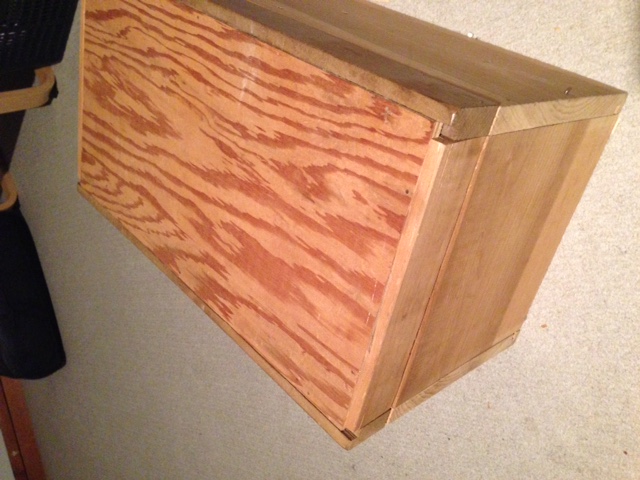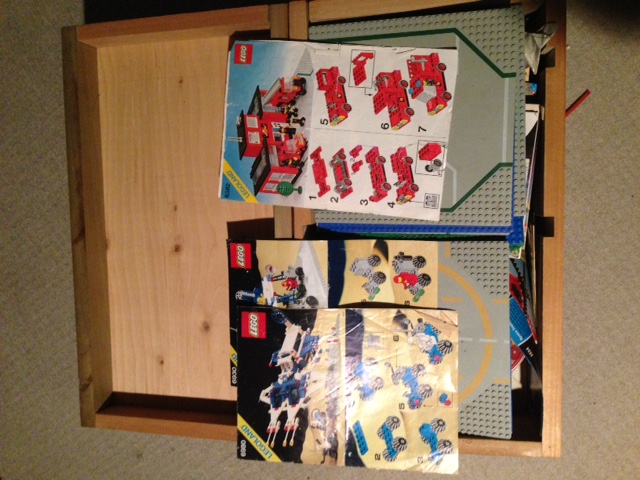Continuing our adversaries series, we’re looking at DS9 season four. We’ve seen a number of different patterns season to season, with season one being ‘Q and Prime Directive’, season two being ‘Cardassians and Introspection’, and season three being ‘Dominion, Time/Planar travel, and Introspection’.
Let’s see what’s out there…
S4:
High: 7 (3 Dominion)
Equal: 4 (Klingons, Klingons, mirror, and Jem’Hadar)
Low: 3
Self: 11
The standout this season was internal conflict, whether it’s Bashir vs. O’Brien, or Worf vs. his brother, season four was a study in character stories and internal dilemmas. The writers continued to use the Dominion for the plurality of the high-powered adversary plots, while eschewing almost entirely low-powered external adversaries.
Almost like the calm before the storm, the self introspection before the galaxy erupts into war.
1 (Klingons)
2 (frozen in time)
-1 (Bashir vs. O’Brien)
-1 (Kira vs. Dukat vs. Dukat)
-1 (Dax vs. Dax)
2 (Time Travel)
2 (Two Jem’Hadar ships and a gas giant)
-1 (Worf vs. Kor vs. Worf vs. Kor)
2 (Holodeck)
-1 (Earth and fear)
-1 (Earth and fear, part II)
-1 (Odo & Kira)
2 (freighter vs. Klingon ship)
-1 (Worf & Kurn)
-1 (Quark and the union)
0 (Bajoran politics)
1 (Klingon courtroom drama)
-1 (O’Brien suffers)
1 (Defiant vs. Mirror)
0 (alien & Lwaxana’s lover)
-1 (Sisko)
1 (crew + Jem’Hadar vs. Jem’Hadar)
2 (Dominion disease)
0 (one Ferengi)
2 (The Great Link)

